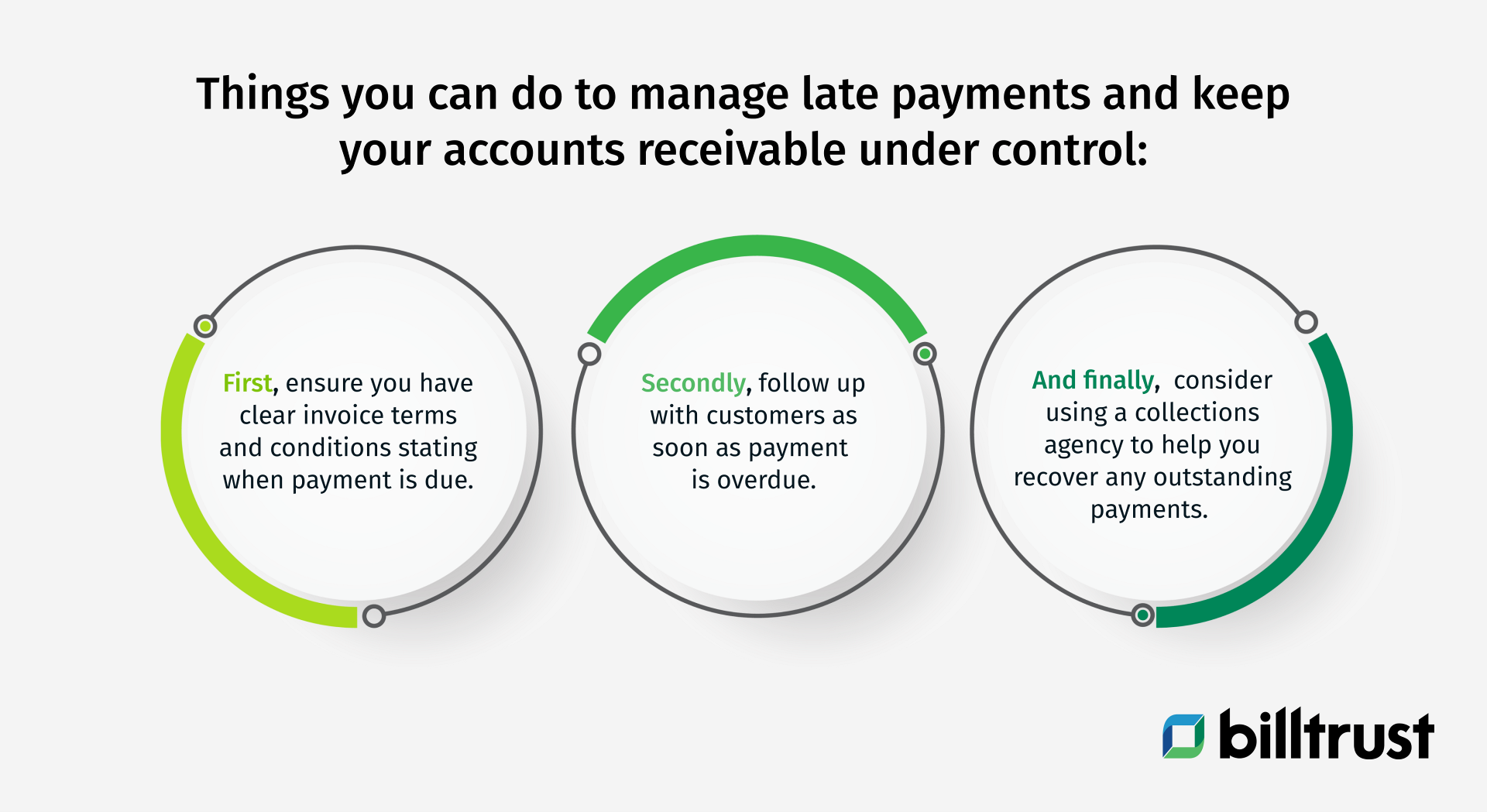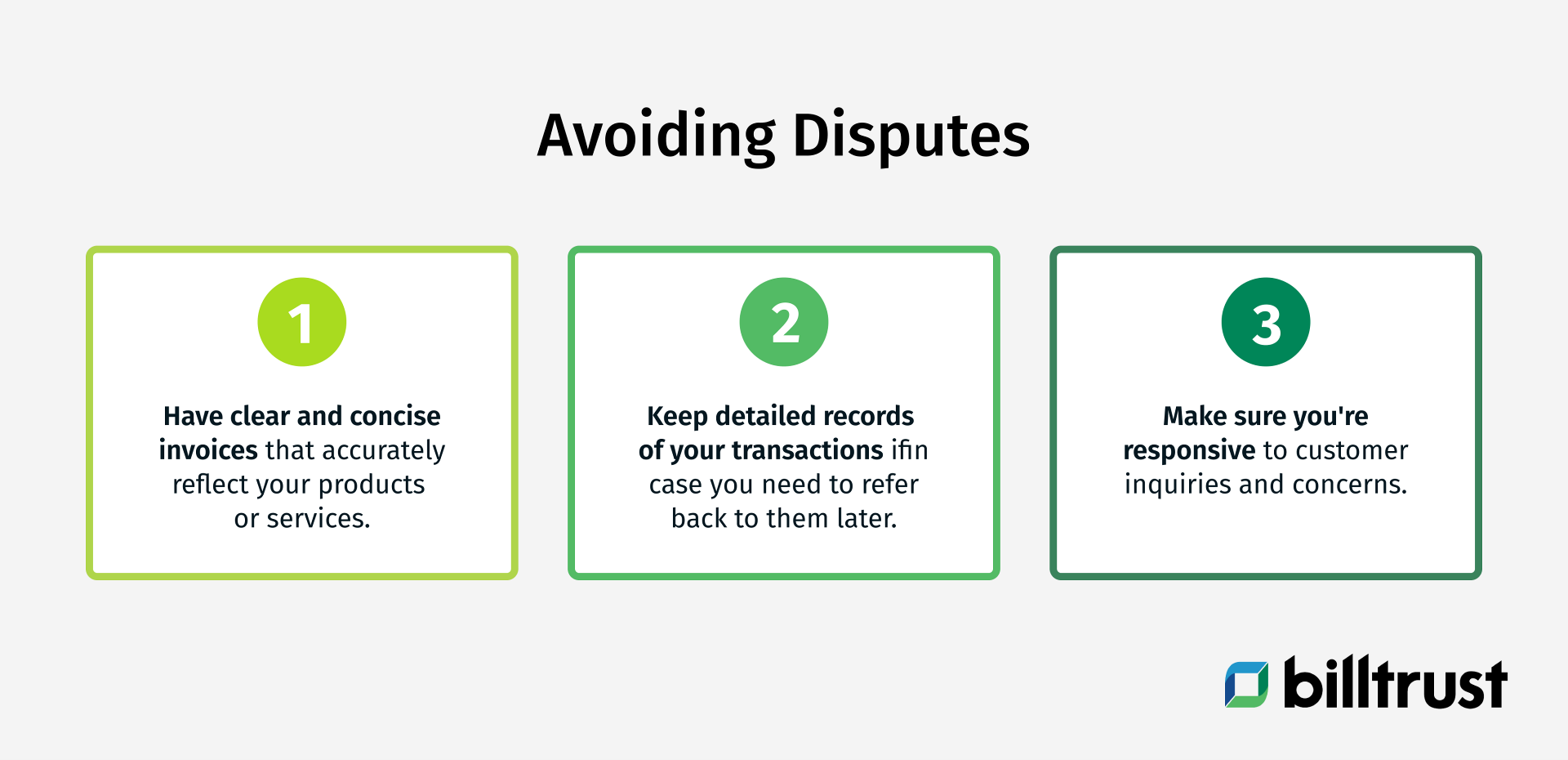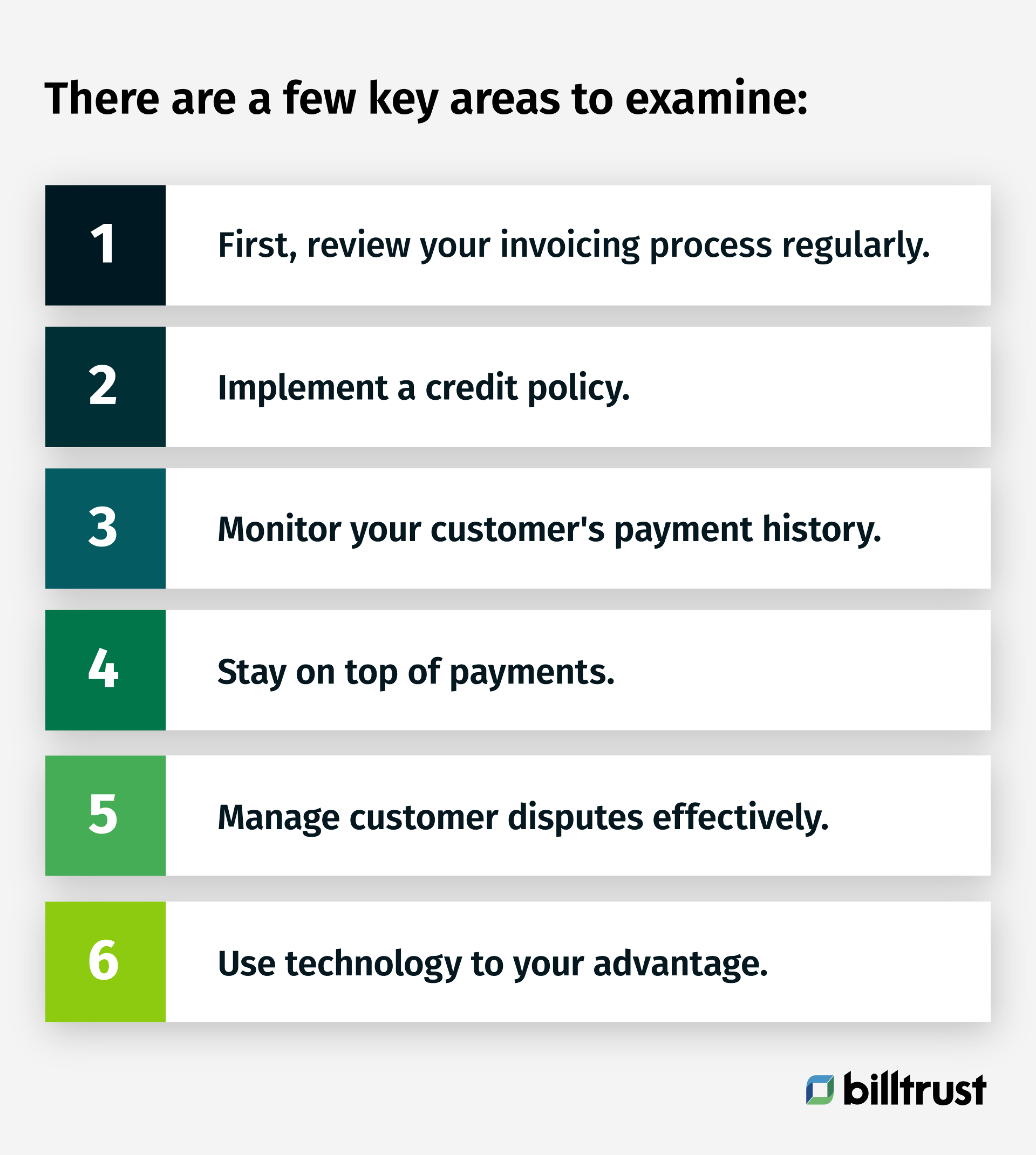If your business is like most, you're always looking for ways to reduce operating costs. After all, reducing expenses means more profits for you and your shareholders.
One of the most common areas where businesses see high costs is in their accounts receivable (AR) operations. Luckily, there are several ways to troubleshoot and fix these issues.
Below, we'll outline some critical strategies for troubleshooting and reducing your AR operating costs.
Is accounts receivable an operating activity?
Accounts receivable is an operational activity, which is a type of current asset on the balance sheet.
Why?
Accounts receivable is money owed to a company by its customers for goods or services that have been provided but not yet paid for. Operating activities are those necessary to run a business, such as manufacturing, selling, and delivering goods or services. Other operating activities include inventory management, customer service, and marketing.
Accounts receivable is also classified as an operating activity because it is directly related to the company's core business operations. Without accounts receivable, your company would not be able to continue operating. Thus, accounts receivable is essential to your company's business model, so it must be managed carefully.
What are the challenges of accounts receivable?
Accounts receivable, the money your customers owe you for goods or services you've provided, can be a challenge for businesses of all sizes. Though it may seem straightforward - you give a good or service, and your customer pays you for it - in reality, many complexities can arise.
For example, what if a customer doesn't pay on time? Or what if they dispute the charges?
These challenges can quickly add up, and if not managed properly, they can seriously impact your business's bottom line.
One of the biggest challenges of accounts receivable is managing late payments. This can put a strain on your cash flow and make it challenging to meet your financial obligations. Moreover, late payments can damage your relationships with customers and make it harder to get paid in the future.

Another challenge of accounts receivable is dealing with customer disputes. Whether it's an error on your invoice or a disagreement about the quality of your product, disputes can delay payment and tie up valuable resources. In some cases, they can even lead to litigation.

If a dispute does arise, try to resolve it quickly and amicably. A quick phone call or email exchange can clear up the problem. If you cannot resolve the dispute, you may need to involve a third party, such as a mediator or lawyer.
There are ways to manage these challenges and manage your accounts receivable effectively. By taking a proactive approach and implementing some best practices, you can keep your operating costs down and avoid many pitfalls that businesses face.
Troubleshooting high operating costs in accounts receivable
If you're like most businesses, a large portion of your revenue comes from accounts receivable. And while it's necessary to have a healthy AR to keep your business running smoothly, it's also essential to keep an eye on your AR expenses. After all, if your AR costs are too high, it could be eating into your profits.
As you're troubleshooting high operating costs in accounts receivable,

First, review your invoicing process regularly.
Make sure that your invoices are accurate and free of errors. Double-check all the details, including the prices, quantities and customer information. If you find any mistakes, correct them immediately.
Implement a credit policy.
A credit policy is a document that outlines your company's policies and procedures for extending credit to customers. Your policy should include information on how you decide who gets credit, what the terms of the credit are and how you handle late payments.
Monitor your customer's payment history.
Keep track of how well your customers pay their invoices. If you notice that a customer is consistently late with their payments, you may want to reconsider extending them credit. Similarly, if you see that a customer always pays on time, you may want to give them preferential treatment.
Stay on top of payments.
Don't let invoices fall through the cracks. Follow up with customers who are late on their payments, and take action if necessary. You may consider using collections software to automate the process and hiring a collections agency.
Manage customer disputes effectively.
If a customer disputes an invoice, take the time to investigate and resolve the issue. In some cases, you may be able to agree without going to court. However, you may need legal action if you can’t resolve the dispute.
Use technology to your advantage.
Several software programs can help you manage your accounts receivable more effectively. These tools can automate many AR tasks associated with invoicing, payments and collections. Using one of these programs can save time and money on your accounts receivable operations.
Download the ultimate guide to digital accounts receivable

Get top tips and fresh insights that will help you control your cash flow and your daily calendar of AR tasks.
What are the costs involved in having too many receivables?
As a business owner, you're always looking for ways to improve and manage your cash flow. One way to do this is by increasing your accounts receivable, or the money that customers owe you for goods and services. However, you should be aware of some potential consequences of increasing accounts receivable.
One consequence is that it can lead to higher interest expenses. You'll pay more interest if you need to borrow money to cover your operating costs while you wait for customers to pay their invoices.
Additionally, increasing accounts receivable can also lead to customer dissatisfaction. If customers feel like they're always paying late fees or that their invoices are never paid on time, they may take their business elsewhere.
It’s essential to balance managing cash flow and keeping your customers happy. Before you decide to increase your accounts receivable, weigh the potential pros and cons carefully.
How can accounts receivable affect a business?
On the positive side, accounts receivable can provide a much-needed influx of cash, particularly for small businesses. This can help to cover operating expenses and keep the business afloat during lean times.
On the negative side, accounts receivable can tie up a lot of capital you may use elsewhere. This can strain the business's finances and make it challenging to meet other obligations.
In addition, accounts receivable can be risky because there is always the chance that the customer will not pay. This could leave the business owed a large sum of money with no way to recoup its losses.
To minimize the risk of AR, you should have a clear credit policy in place and screen customers carefully before extending credit. You should also stay on top of collections, follow up with customers promptly and take action if payments are overdue.
By carefully managing accounts receivable, you can reduce your exposure to risk and keep your finances healthy.
Take control of your accounts receivable processes and operational costs
If your accounts receivable costs are high, it's essential to look closely at your process to see where inefficiencies may occur.
There are a few key areas to focus on when troubleshooting:
- Invoicing
- Collections
- Cash application
By examining each of these areas, you can identify specific improvements that can help reduce your accounts receivable costs.
For example, streamlining your invoicing process can help you get invoices out more quickly, leading to faster payments. Or, if you're having trouble collecting payments, implementing an automated collections system can help you stay on top of outstanding invoices and make it easier to receive payments.
By looking closely at your accounts receivable process, you can identify specific improvements that can help reduce your operating costs.

